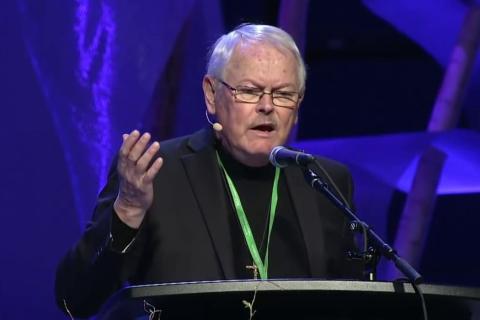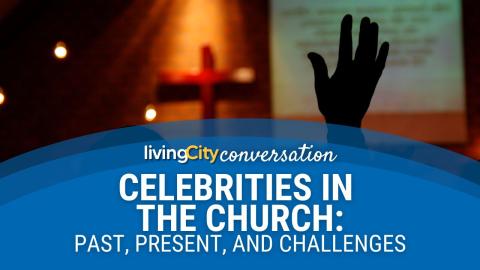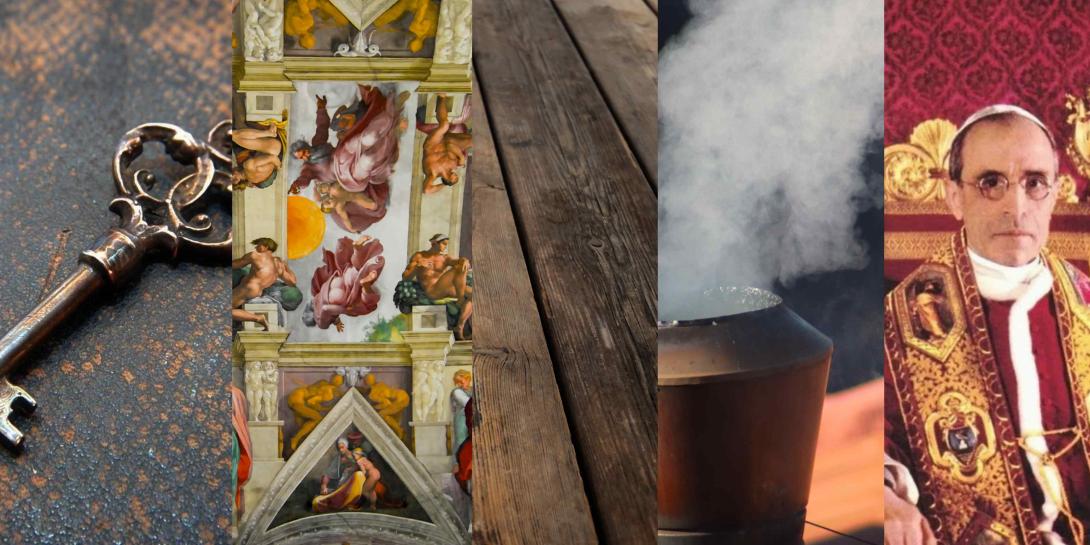
Image created with Canva
The cardinal-electors began to arrive in Rome last week from around the world. They came for Pope Francis’ funeral, and now will stay for the conclave, which will begin once they all have gathered. Then they’ll remain in conclave until a two-thirds majority votes for the same man—to succeed Pope Francis as Bishop of Rome, the Holy Father, the Pope.
Here are 5 essential things you should know about how it works.
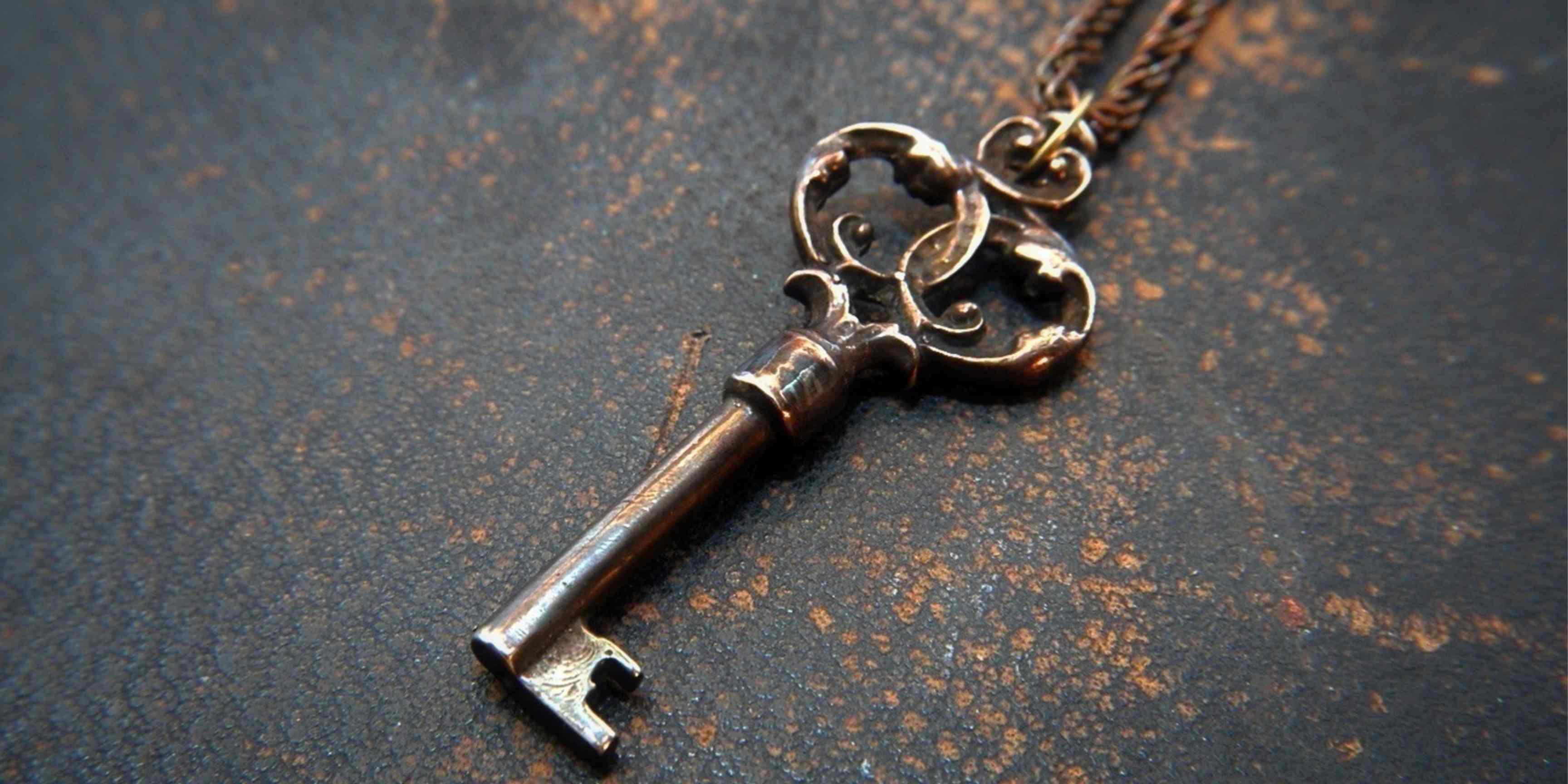
Canva image
1) The word “conclave” comes from two Latin words: cum (“with) and clavis (“key”). Everything Catholic used to come from Latin words! Put them together and these words mean “with key.” This refers to how the College of Cardinals are locked in a large, locked room until they are done electing the next Pope.
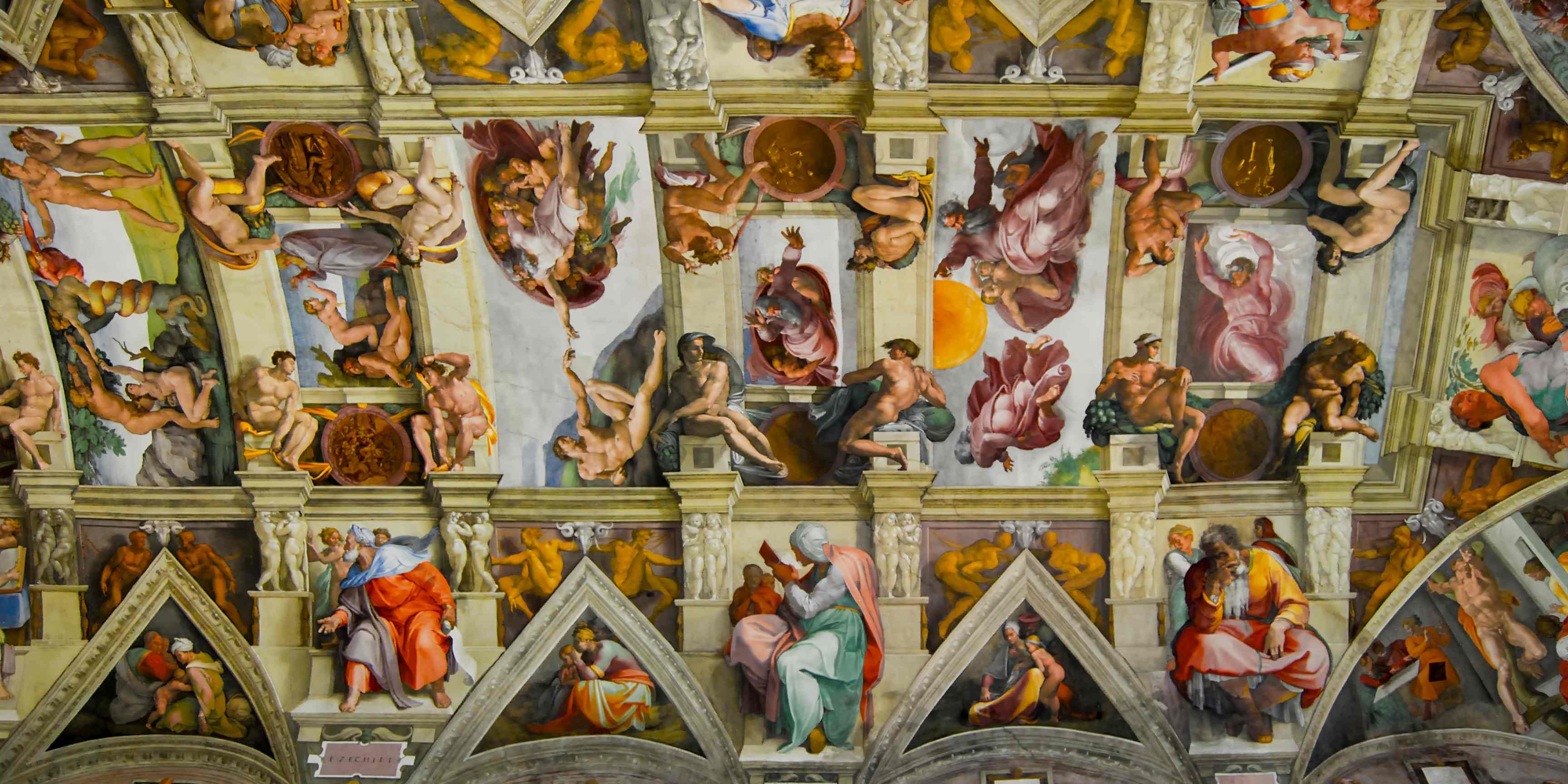
Sistine Chapel (Canva image)
2) The Sistine Chapel, one of the most famous churches in the world, usually one of the most sought-after tourist attractions in Vatican City, is the large room where conclaves take place. The College of Cardinals will be meeting beneath that same famous ceiling painted by Michelangelo.

Canva image
3) To prepare for conclave, workers are constructing a temporary wooden floor over the top of the marble floor that tourists and pilgrims see on the regular tour. Then, long tables and chairs, enough to sit the 135 members of the College of Cardinals who are eligible to vote in the papal election, will be carried inside and arranged.
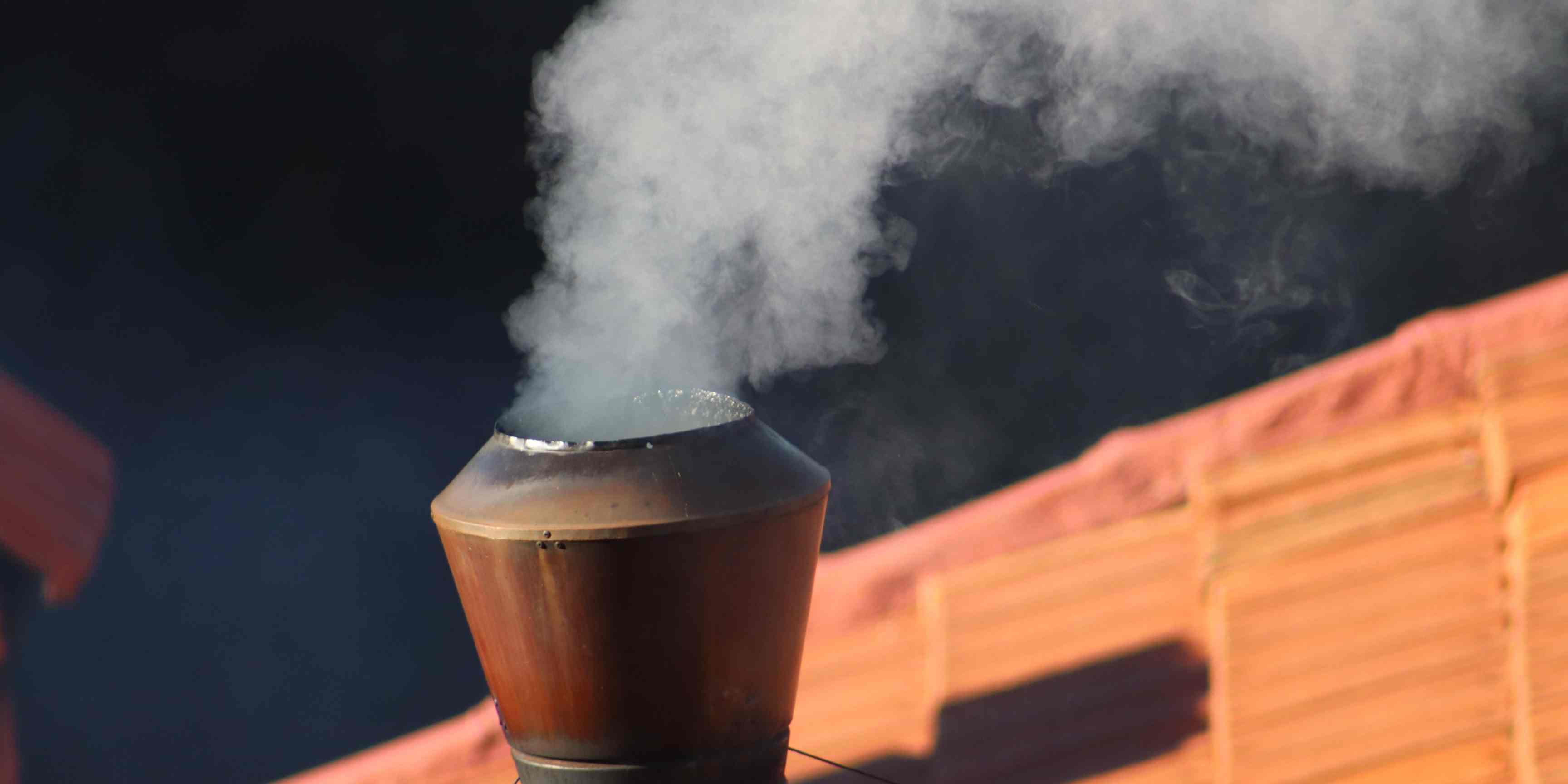
Canva image
4) They’re also installing two stoves in the center of the room. One is for burning the ballots that are cast. The other stove is for burning the pellets that result in either black or white smoke to ascend from the roof, communicating to the faithful waiting outside if a new Pope has been successfully chosen. White smoke means yes!
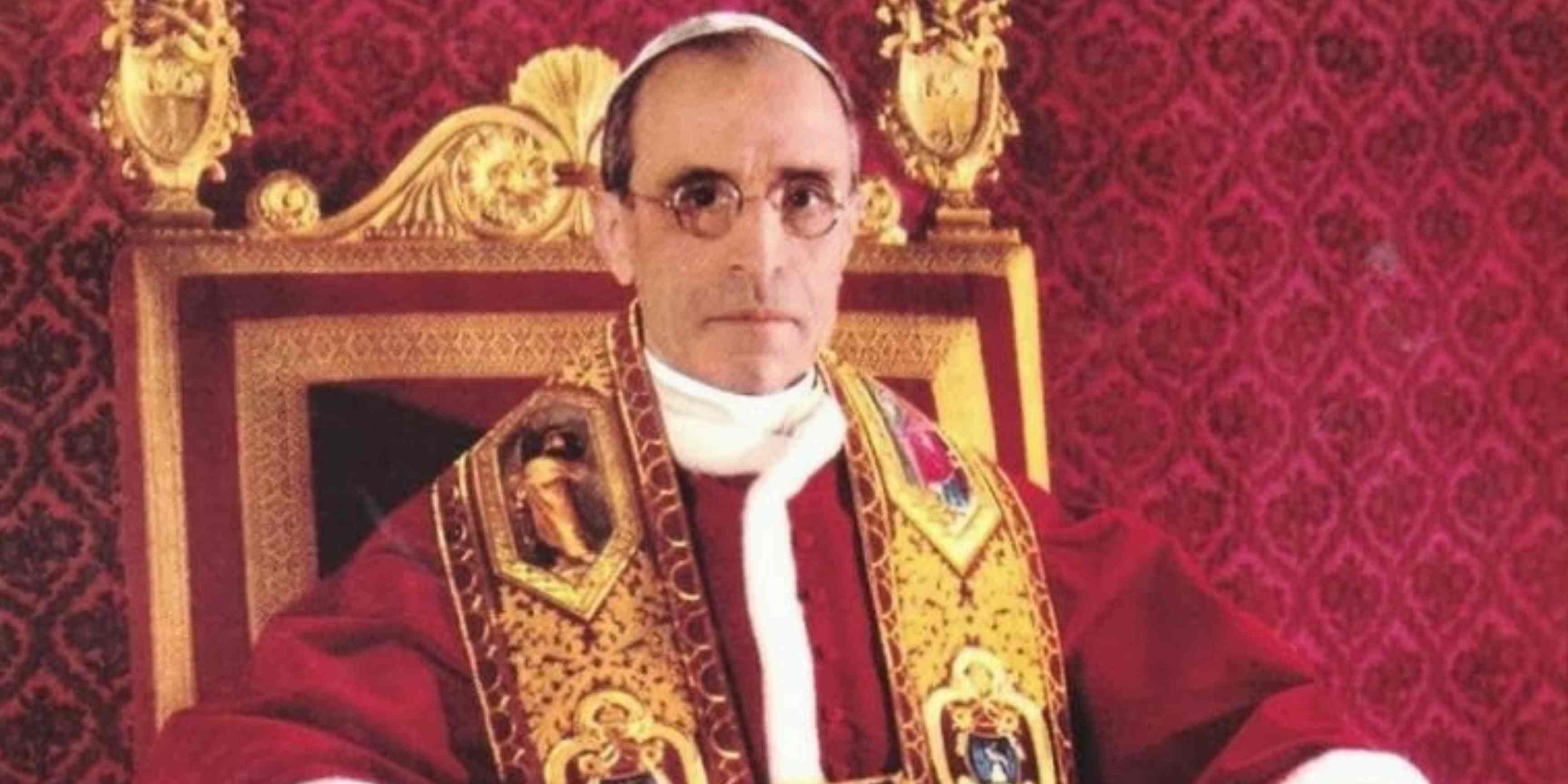
Pope Pius XII (Wikipedia) was elected in the 1939 papal conclave, which was the shortest conclave of modern history.
5) In modern history, conclaves have taken as long as six months (in 1740), and as long as a single day (in 1939).
Later this week, we will all begin watching to see what smoke may arise from the Sistine Chapel.



